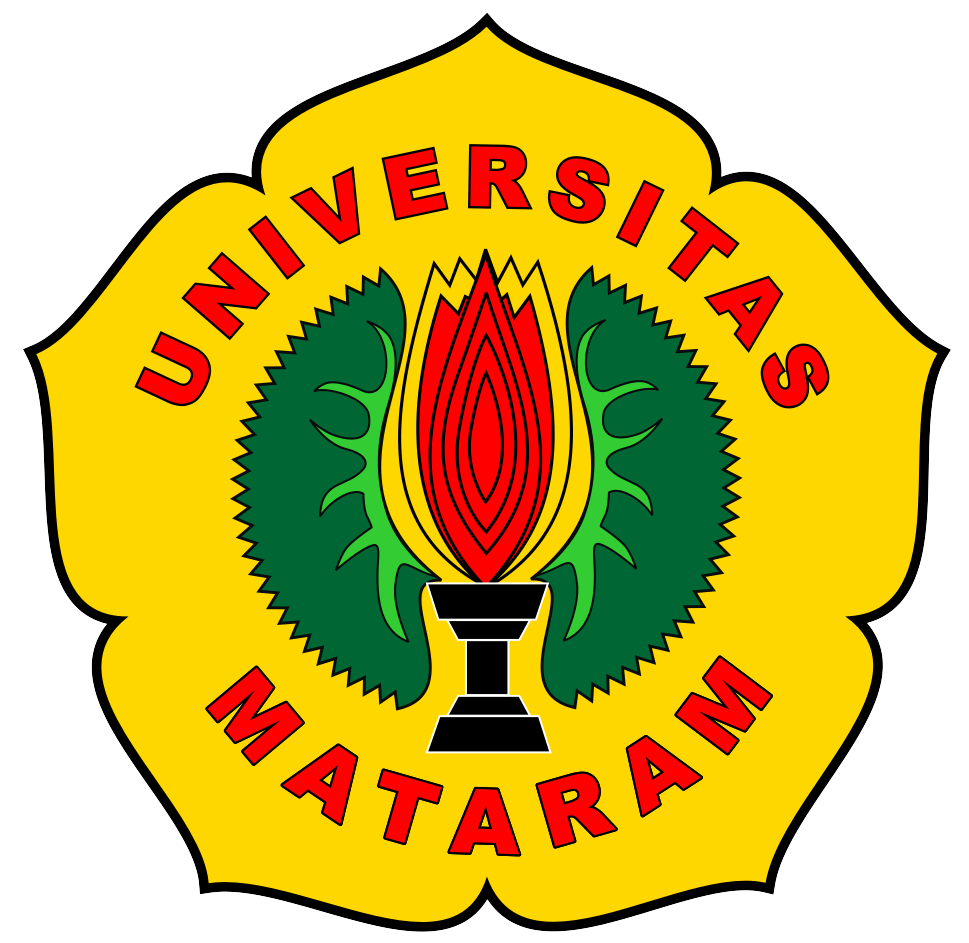Pengaruh Ekstrak Buah Bakau terhadap Infiltrasi Sel Radang pada Hati Tikus yang Diberi Diet Tinggi Lemak
DOI:
https://doi.org/10.29303/jk.v12i4.4625Keywords:
mangrove, inflammatory cell, liverAbstract
Liver disorders are health problem that needs serious attention because of its high incidence and the cause of morbidity and mortality with various complications. Liver disorders can be treated by hepatoprotective drugs. One of the plants that is expected to be developed is mangroves. The antioxidant effect possessed by mangroves can be developed as hepatoprotector. This study aims to assess the effect of mangrove fruit extract on the infiltration of inflammatory cells in the livers of rats receiving a high-fat diet. Twenty four male Rattus norvegicus rats were divided into 4 groups, consists of Group 1 was the negative control group which was given a normal diet, Group 2 was the positive control group which received a high fat diet, Group 3 received a high fat diet and Rhizophora sp fruit extract 500 mg/kgBB, and Group 4 received a high-fat diet and Sonneratia alba fruit extract 400 mg/kgBB. The infiltration of inflammatory cells in the liver of rat was examined using hematoxylin eosin staining. The results showed that the average number of inflammatory cells in Group 1 was 13 cells, Group 2 was 63 cells, Group 3 was 16 cells and Group 4 was 20 cells. These results indicate that administration of a high-fat diet increases the infiltration of inflammatory cells in the liver of rat, while administration of mangrove fruit extracts from both Rhizophora sp and Sonneratia alba can inhibit the increase in infiltration of inflammatory cells. In conclusion, mangrove fruit extract has the potential to provide a protective effect on the liver of rat receiving a high-fat diet.
Downloads
Published
Issue
Section
License
Authors who publish with Unram Medical Journal, agree to the following terms:
- Authors retain copyright and grant the journal right of first publication with the work simultaneously licensed under a Creative Commons Attribution 4.0 International License (CC-BY License). This license allows authors to use all articles, data sets, graphics, and appendices in data mining applications, search engines, websites, blogs, and other platforms by providing an appropriate reference. The journal allows the author(s) to hold the copyright without restrictions and will retain publishing rights without restrictions.
- Authors are able to enter into separate, additional contractual arrangements for the non-exclusive distribution of the journal's published version of the work (e.g., post it to an institutional repository or publish it in a book), with an acknowledgment of its initial publication in University of Mataram's Journal of Medicine.
- Authors are permitted and encouraged to post their work online (e.g., in institutional repositories or on their website) prior to and during the submission process, as it can lead to productive exchanges, as well as earlier and greater citation of published work (See The Effect of Open Access).
- This journal is open access journal which means that all content is freely available without charge to users or / institution. Users are allowed to read, download, copy, distribute, print, search, or link to full text articles in this journal without asking prior permission from the publisher or author.







